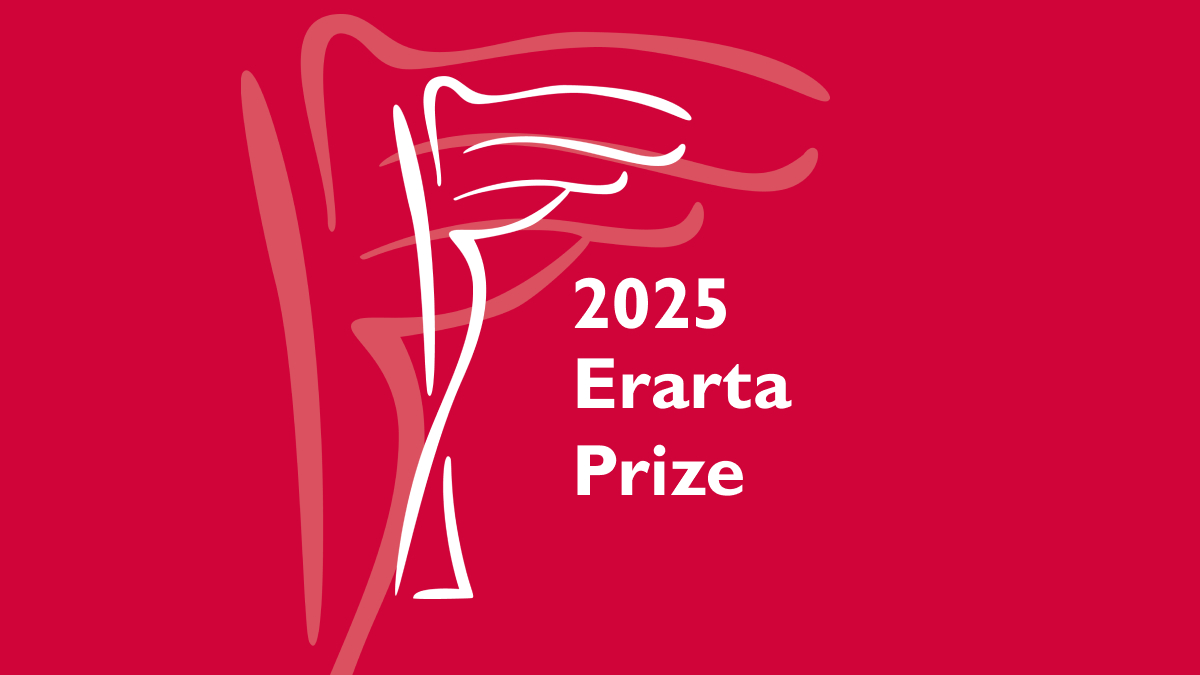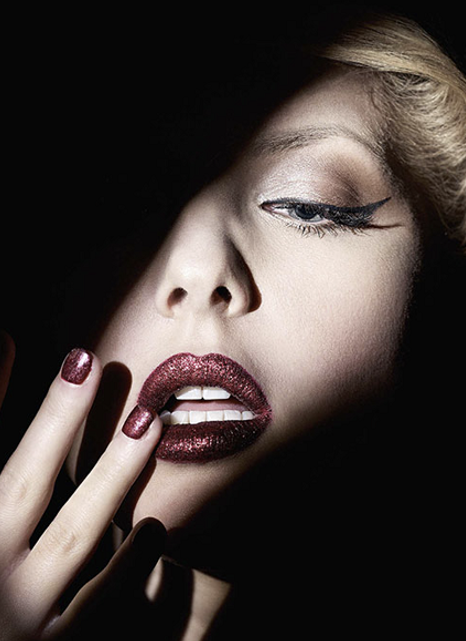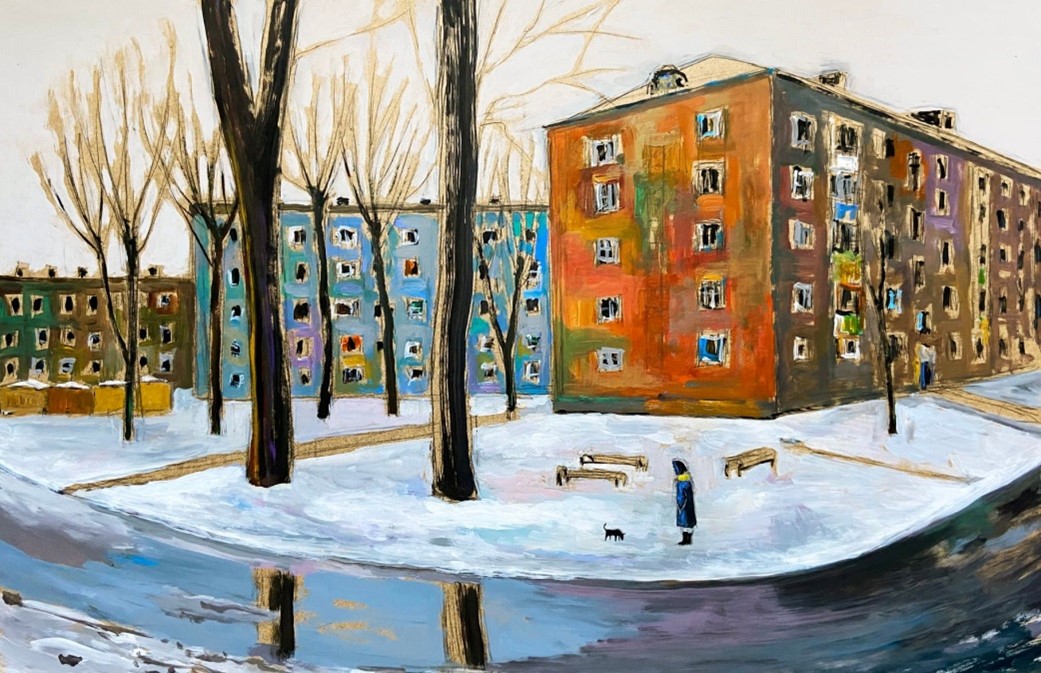The Metamorphosis of the Cube exhibition at Erarta Museum showcases the artist's hand-made geometric structures created in the 1990s alongside the computer graphics taking his spatial exploration one step further
Vladimir S. Antoshchenkov, architect, member of faculty at the St. Petersburg State University of Architecture and Civil Engineering, sculptor, graphic artist and devoted recorder player, leads a quiet life in an apartment in which all furniture and light fixtures were created by his own hands. His main claim to fame, thought, is the role of the leading architectural photographer of Leningrad/St. Petersburg, with more than 10 photographic books standing to his credit.
As associate professor at the Department of Urban Development and expert in geometry, Vladimir Antoshchenkov pioneered the one-of-a-kind Architectural Analysis course for his students. Fascination with graphics software and the morphology of geometric shapes lead him to start creating spatial computer-generated compositions and sculptures based on such compositions which have formed the bulk of the Metamorphosis of the Cube exhibition at Erarta.
The Metamorphosis of the Cube project is an exploration of the architectural microcosm. A close examination of these works will reveal that all architectural elements are based on tiny cubes, by reshaping which the artist builds his own worlds
By Maria Yagushevskaya
The cube is the number one geometric shape. Just ask someone to name any geometrical body, and most likely the cube will be mentioned. Building blocks, the ultimate children's toy, are cube-shaped. Cubic meters are widely used to measure the volume of various substances and materials. A slight manipulation of stretching the cube in one or two directions would turn it into a parallelepiped, which is even harder to overestimate.
It is very likely that the majority of the Earth's population lives and functions inside parallelepipeds.
Cubes can be transformed. They can be not only stretched, but also bended, twisted, skewed, altered through Boolean operations (union, difference, intersection), etc. Multiple operations with a cube can be combined and their parameters varied, which opens an immense field of opportunities for generating new geometrical body compositions.
The end results might be of a certain aesthetic value. They can be used in architecture and design or act as independent artworks. The latter may be presented as flat images or three-dimensional structures. Obviously, the artistic merit of such works depends on the colours, textures, and light.
By Vladimir Antoshchenkov










